In the vast expanse of Wyoming’s prairie, a solitary monolith rises majestically from the earth, piercing the sky with its sheer, unyielding presence. This is Devils Tower, a geological marvel that has stood as a silent sentinel for millennia, witnessing the passage of time and the evolution of human history. Rising 385 meters above the Belle Fourche River, Devils Tower is not only a striking natural formation but also a sacred site for several Native American tribes. Its towering presence, steeped in legend and cultural significance, continues to inspire awe and reverence in all who behold it.
A Geological Marvel
Devils Tower is a geological wonder, a testament to the powerful forces that have shaped our planet over millions of years. Formed by the erosion of surrounding sedimentary rocks, the igneous rock core of Devils Tower stands tall, a solitary butte that defies the elements. This geological process began around 50 million years ago when molten rock from deep within the Earth’s crust pushed upward, creating a massive volcanic neck. Over time, the softer sedimentary rocks around it eroded away, revealing the hard, igneous rock that now forms the tower.
The unique hexagonal columns that make up Devils Tower are the result of cooling and contraction of the molten rock. As the lava cooled, it formed vertical cracks, creating the distinctive columnar structure that is visible today. These columns, some of which are over 10 meters in diameter, give Devils Tower its unmistakable appearance. The tower’s surface is also marked by deep grooves and indentations, remnants of the erosion process that has shaped it over eons.
A Sacred Site for Native Americans
For the Native American tribes of the region, Devils Tower is more than just a geological formation; it is a sacred site imbued with spiritual significance. The Lakota people, in particular, hold Devils Tower in high regard, believing that it was created to protect two young girls from a chasing bear. According to the legend, the girls were playing near the river when a bear began to chase them. In their desperation, they climbed a small rock, which began to rise higher and higher, lifting them out of the bear’s reach. As the bear tried to climb the rock, its claws left deep marks on the surface, which are still visible today. The rock continued to rise until it became the towering monolith known as Devils Tower.
This legend is just one of many that highlight the cultural and spiritual importance of Devils Tower to Native American tribes. For centuries, these tribes have revered the tower as a sacred place, using it for rituals, ceremonies, and vision quests. The tower is considered a place of power, a connection between the earthly and the spiritual realms. Its presence is a reminder of the deep spiritual connection that Native Americans have with the natural world, a connection that has endured despite centuries of colonization and cultural upheaval.
Devils Tower in Popular Culture
Devils Tower’s iconic status extends beyond its geological and cultural significance. In 1977, the tower was thrust into the global spotlight when it was featured in Steven Spielberg’s blockbuster film, “Close Encounters of the Third Kind.” In the movie, Devils Tower serves as the alien rendezvous point, a mysterious and otherworldly location where humans and extraterrestrials come together. The film’s depiction of Devils Tower as a place of mystery and wonder resonated with audiences, cementing its status as a popular cultural icon.
The association with “Close Encounters” has drawn countless visitors to Devils Tower over the years, each hoping to experience the same sense of awe and wonder that the film evoked. The tower’s unique appearance and remote location make it an ideal setting for such a story, blending the natural and the supernatural in a way that captures the imagination. Today, Devils Tower remains a popular destination for tourists, hikers, and climbers, all drawn by its iconic status and the promise of a unique and unforgettable experience.
Conservation and Preservation
Recognizing the importance of Devils Tower, both as a geological wonder and a sacred site, efforts have been made to protect and preserve it for future generations. In 1906, Devils Tower was designated as the first national monument in the United States, a testament to its unique and significant status. This designation ensures that the tower and its surrounding environment are protected from development and other threats, allowing it to remain a place of natural beauty and cultural significance.
The National Park Service, which manages Devils Tower National Monument, has implemented a range of measures to protect the site. These include limiting visitor access to certain areas, implementing climbing restrictions during the breeding season of local birds, and promoting cultural sensitivity and awareness. The park service also works closely with Native American tribes to ensure that their cultural practices and traditions are respected and preserved.
A Place of Reflection and Connection
For those who visit Devils Tower, the experience is often one of profound reflection and connection. Standing at the base of the tower, looking up at its towering columns and feeling the weight of its ancient presence, one cannot help but feel a sense of awe and humility. The tower’s sheer scale and timeless beauty evoke a deep sense of connection to the natural world and to the generations of people who have come before us.
Many visitors describe feeling a spiritual connection to Devils Tower, a sense of being in the presence of something greater than themselves. This connection is not surprising, given the tower’s long history as a sacred site. Whether one is drawn to Devils Tower for its geological significance, its cultural importance, or simply its beauty, the experience is one that stays with you long after you have left.
Devils Tower is a geological marvel, a sacred site, and a cultural icon, all wrapped into one magnificent monolith. Rising high above the Wyoming prairie, it stands as a testament to the power of nature and the enduring legacy of human history. From its formation millions of years ago to its role in Native American legends and popular culture, Devils Tower continues to inspire and captivate all who encounter it. As we stand in its shadow, we are reminded of the importance of preserving our natural and cultural heritage, and of the deep spiritual connection that we share with the world around us. Devils Tower is more than just a landmark; it is a sacred stone sentinel, a timeless guardian of our past and a beacon of inspiration for our future.
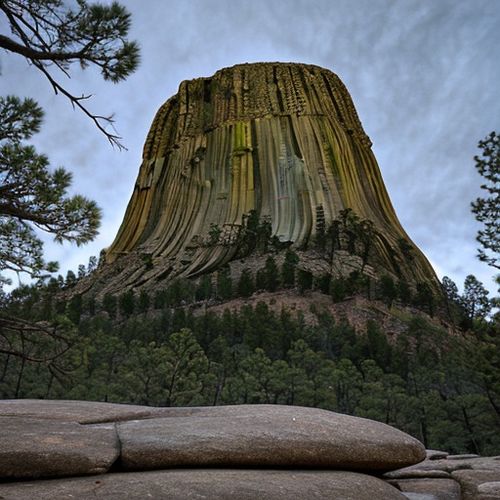
By Natalie Campbell/Apr 27, 2025
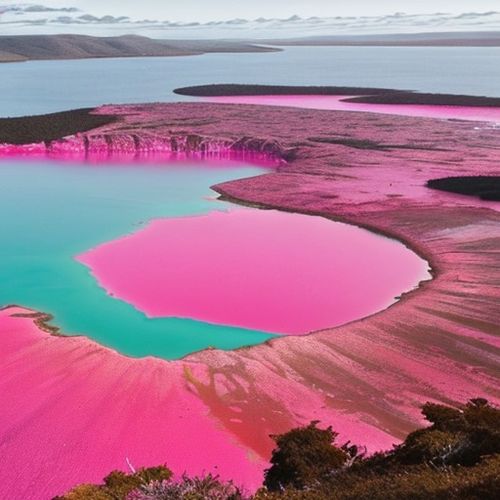
By Olivia Reed/Apr 27, 2025

By Noah Bell/Apr 27, 2025
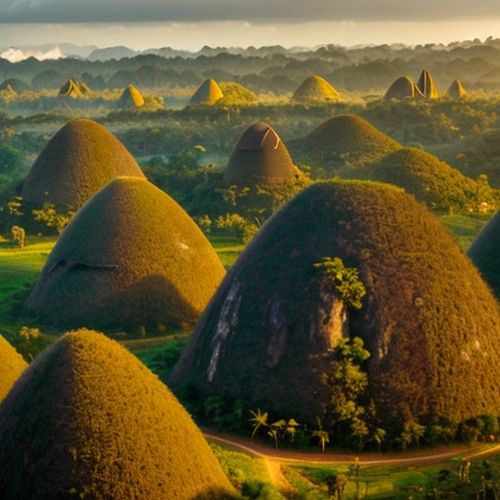
By Jessica Lee/Apr 27, 2025
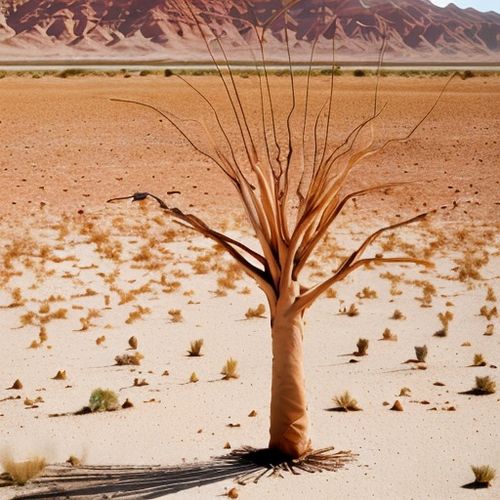
By Daniel Scott/Apr 27, 2025
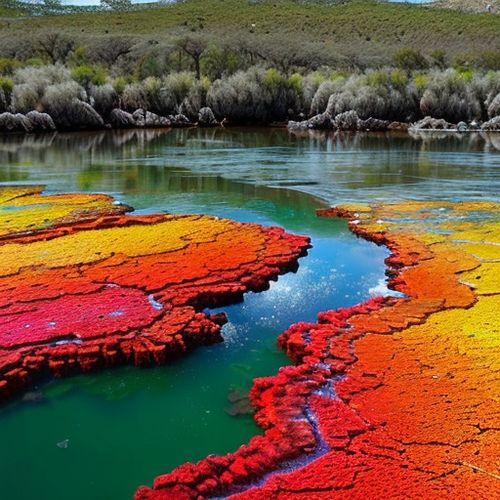
By Grace Cox/Apr 27, 2025
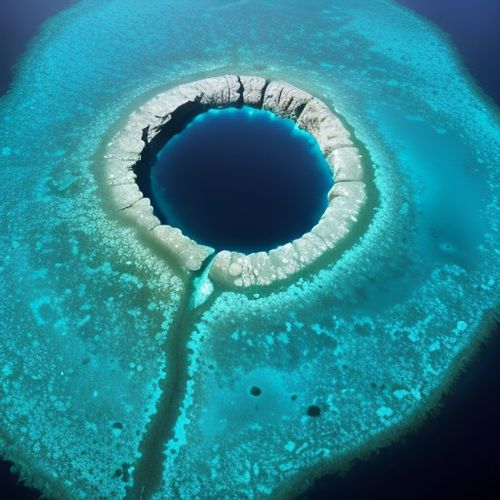
By Michael Brown/Apr 27, 2025

By Amanda Phillips/Apr 27, 2025
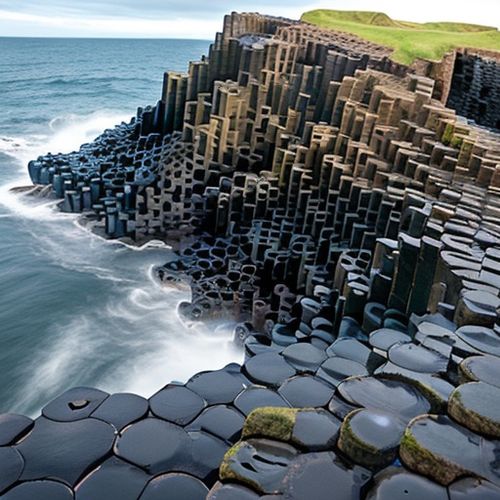
By Ryan Martin/Apr 27, 2025
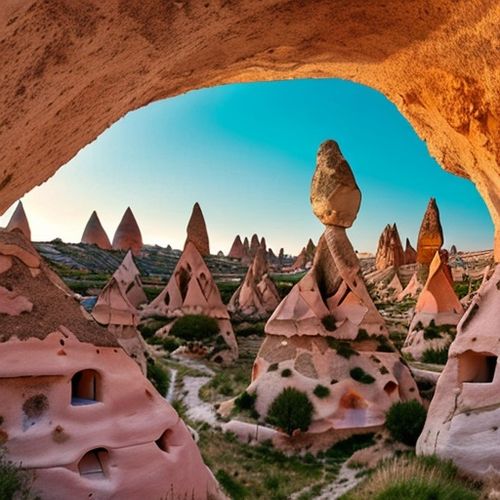
By Victoria Gonzalez/Apr 27, 2025
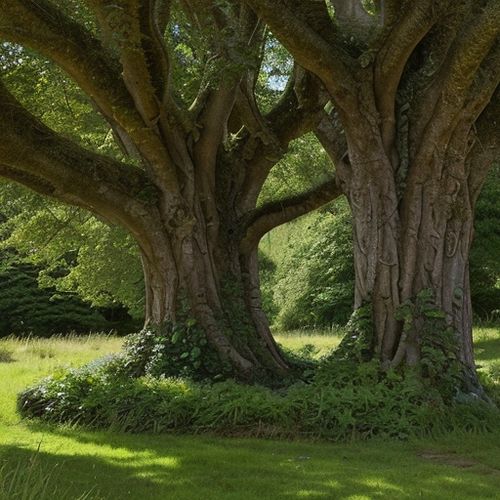
By Natalie Campbell/Apr 27, 2025
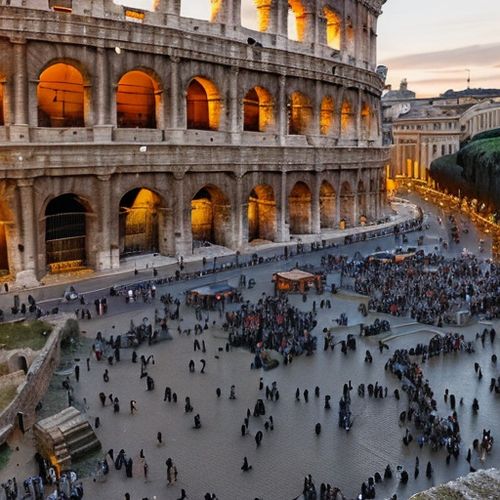
By Ryan Martin/Apr 11, 2025

By Sophia Lewis/Apr 11, 2025

By David Anderson/Apr 11, 2025

By Rebecca Stewart/Apr 11, 2025

By Thomas Roberts/Apr 11, 2025
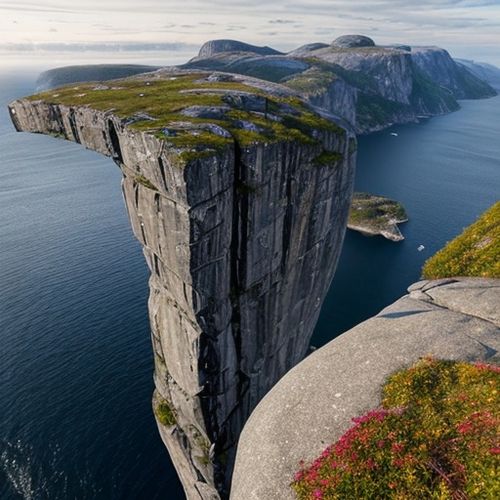
By Thomas Roberts/Apr 11, 2025

By Elizabeth Taylor/Apr 11, 2025

By Thomas Roberts/Apr 11, 2025
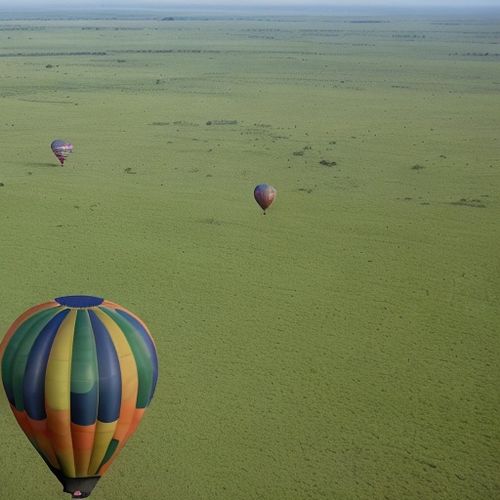
By Eric Ward/Apr 11, 2025